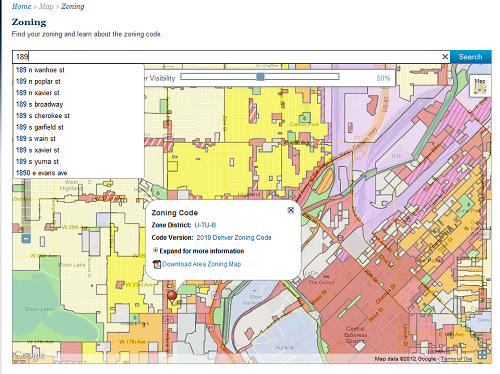The Delusional Job Ad That Reveals What’s Wrong With GIS
As a consultant always keeping one eye on the horizon for the next gig (*cough*), I reconnoiter the industry job ads to get a sense of what skills are hot, where the demand is, and what companies are hiring. Especially for programmer/developer jobs, many of these ads are little more than HR cut-and-paste jobs culled from past departmental postings, RFPs, and whatever new acronym some “non-technical” manager picked up from the latest issue of ArcNews.
But every now and then I come across a posting so transcending the genre with Cluelessness and Fail that it merits close examination for laying bare larger Truths about the GIS industry that usually go unspoken.
Behold this ad for “SR.GIS APPLICATIONS DEVELOPER” (LINK, pdf).
(* I don’t know anyone at the Boston Redevelopment Authority, but I’m sure they’re fine law-abiding folk who love their children…)
Let’s start with the endless laundry list of technolgies:
ArcSDE, ArcObjects, Python, SQL Server, ArcInfo, OGC protocols, markup languages (all of them, apparently), ArcXML, Flash, ASP, Flex, VB, XML, HTML, EDN, SQL Server 2008 R2, .NET, Apple iOS, Windows mobile, Computer-Aided Design, LIDAR, 3D Analyst, SketchUp, HTML5, CSS3, Financial Edge general ledger (??), AutoCAD Map 3D
With the exception of the unconscionable omissions of JavaBeans and ColdFusion, that pretty much covers every technology that’s floated through GIS departments since the dawn of the new millennium. And for the technically savvy who are the presumed target of this job search, the juxtaposition of the latest-and-greatest with stuff that has long since been taken around back and put out of its misery provides both great unintentional comedy as well as proof-positive of a management team that Just Doesn’t Get It.
But let’s play along and assume the stringent standards indicate an aggressive shop pushing into the frontiers of mapping where mere mortals fear to tread. Actually, no, not at all:
2005 wants its map interfaces back.
While all of this is snark-worthy, we haven’t even gotten to the troubling parts:
Develop applications, scripts, and automation routines utilizing ArcObjects and Python to enhance the use of GIS within operational business practices…
Assist in creating and maintaining interactive mapping servers within the BRA. Manage ArcSDE on SQL server.
OK, reasonable.
Collaborate with other City GIS experts to share data; work toward an inter-agency Enterprise GIS…
Assist City MIS in providing solutions (desktop and Web) to integrate GIS with other enterprise city applications…
Evaluate data warehousing options; recommend warehousing solution…
I’m starting to smell mission creep.
Assist Urban Design Technology Group…
Provide support for the agency websites, both current and the one soon to be developed…
Collaborate with the Computer Programming Manager…work on connecting existing agency databases to 3rd party applications such as Financial Edge general ledger, ABRA HR, and city GIS…
Uh, who the hell don’t I work for?
Perform other related duties as required.
Thank you sir, may I have another.
* * * * * * * *
Remember, this is Senior position. Can you imagine a Senior Programmer, a Senior DBA, a Senior Graphic Designer, or a Senior Systems Administrator ever consenting to a job description that gives carte blanche to every middle manager with a crisis to come barging into their cube and demanding to have their problem solved? Of course not. But because of GIS’ rich history of consenting to be the IT department’s bastard step-child, even senior people with quality skill sets just end up being de facto errand boys for the parts of the org chart that don’t have trouble with self-assertion.
* * * * * * * *
Since we like to keep it positive around these parts, let’s look at a similar position recently posted by DTS Agile. Unlike the folks mentioned earlier, DTS actually does cutting edge stuff and has a high profile in the industry. Note that instead of trying to bust balls with the acronym laundry-list, they succinctly lay out the key components they work with and where they’re trying to go technology-wise. Sprinkle in some philosophy about how they work, and you come away feeling the posting was written by actual human beings who gave it some thought. But the innovative part is the assumption that experienced professionals respond best to big challenges and the collegiality of motivated colleagues. A pretty novel approach where the typical career progression is merely an ever-lengthening list of responsibilities and the slow drowning in a sea of administrivia.
—Brian Timoney




